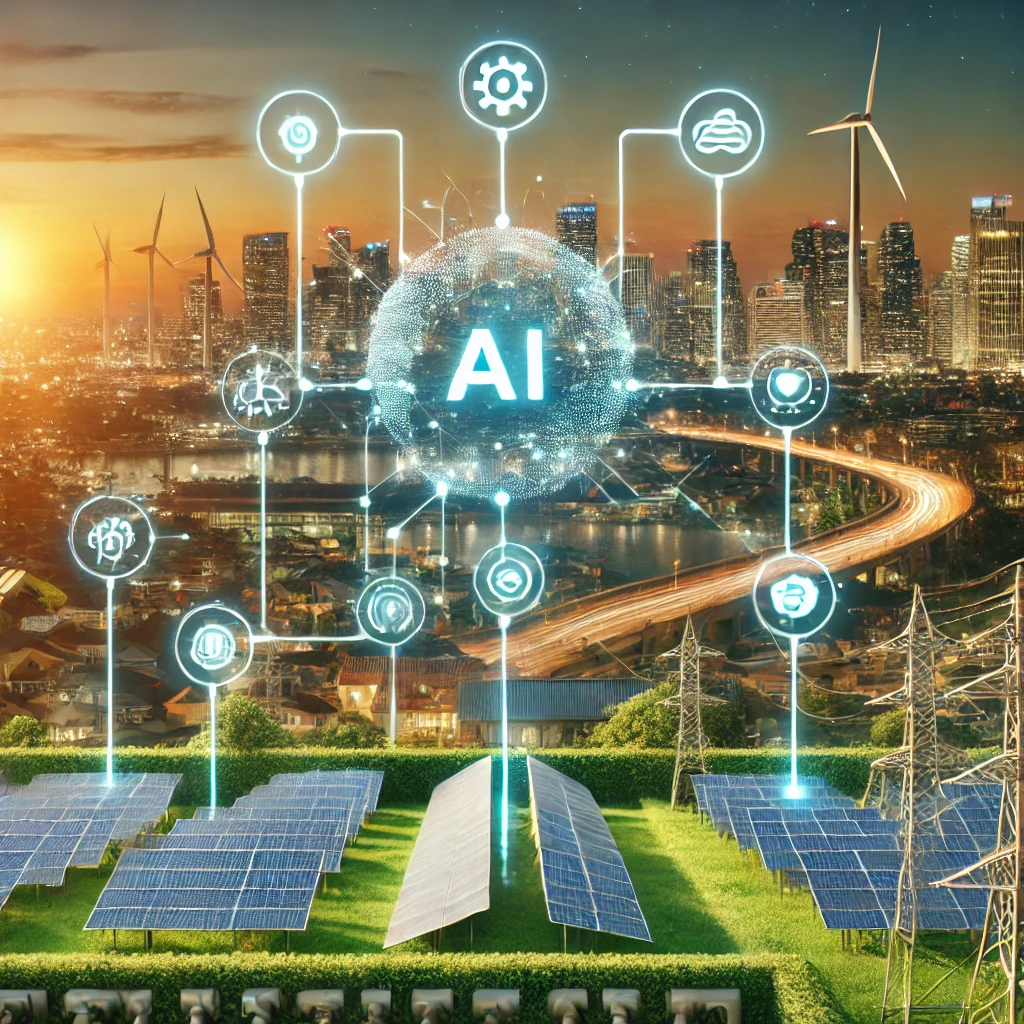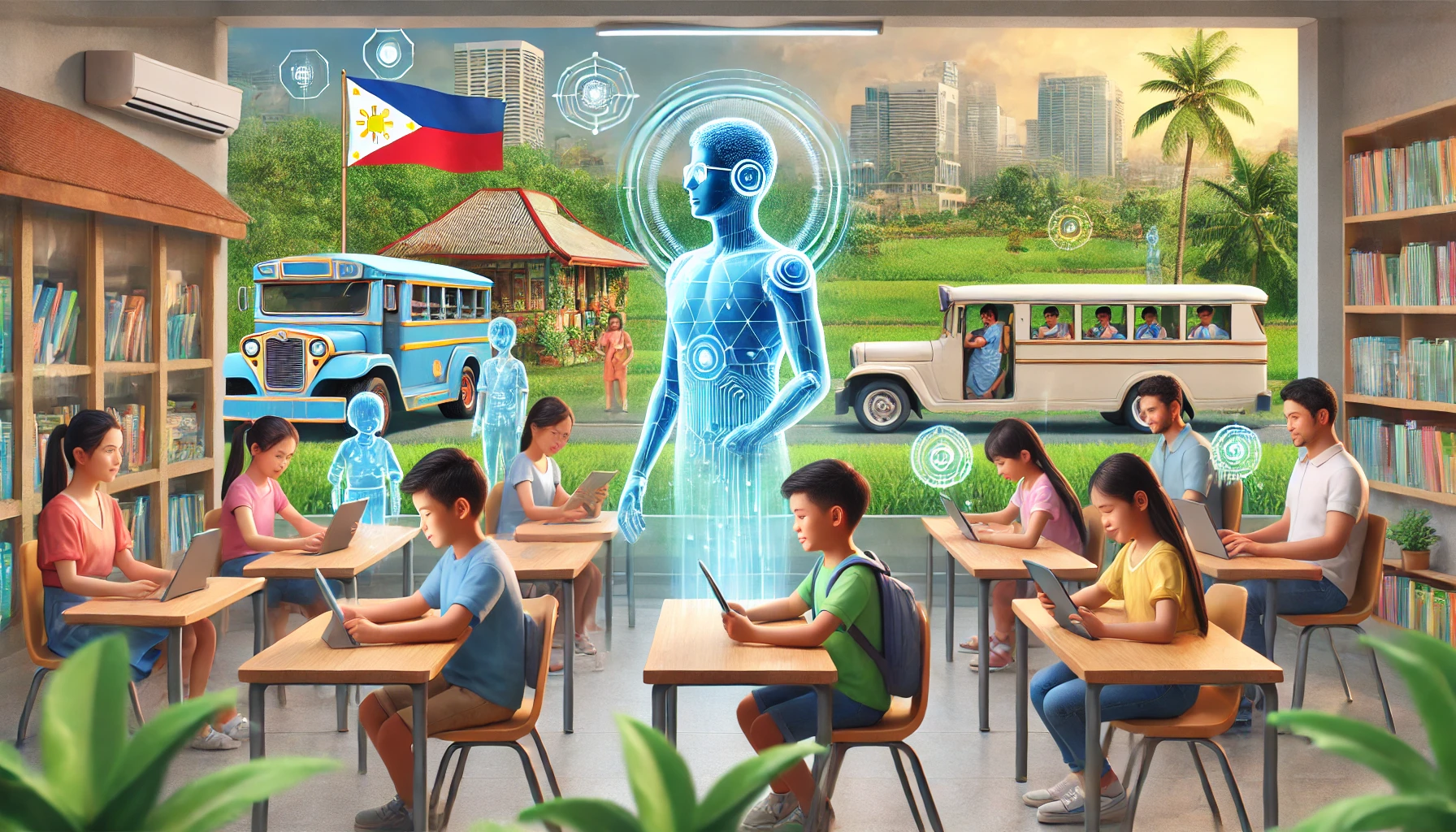Introduction
The Philippines, an archipelago blessed with abundant natural resources, faces a unique opportunity to lead in renewable energy adoption. With a growing population and increasing demand for electricity, the nation is at a critical juncture to embrace sustainable energy solutions. Artificial Intelligence (AI) is emerging as a game-changer in renewable energy, offering smart solutions to optimize energy production, distribution, and consumption. This article explores how AI can transform the renewable energy landscape in the Philippines, ensuring a brighter and greener future.
The Role of AI in Renewable Energy
AI technologies are revolutionizing the renewable energy sector by addressing key challenges and enhancing operational efficiency. Here’s how AI can make an impact:
- Predictive Analytics for Energy Supply and Demand
- AI algorithms analyze historical data and weather patterns to forecast energy production, especially for solar and wind energy.
- Accurate predictions help the grid balance supply and demand, reducing energy waste and ensuring reliability.
- Smart Grid Management
- AI-powered smart grids can automatically adjust energy distribution, prioritize renewable sources, and prevent overloads.
- In the Philippines, this is crucial for minimizing power outages and maximizing the use of renewable energy in remote areas.
- Energy Storage Optimization
- Battery storage systems are vital for storing surplus renewable energy. AI enhances storage efficiency by predicting usage patterns and managing charging cycles.
- This is particularly beneficial for areas dependent on off-grid energy systems.
- Maintenance and Fault Detection
- AI-driven systems monitor renewable energy infrastructure, such as solar panels and wind turbines, detecting faults and predicting maintenance needs.
- Early fault detection reduces downtime and extends the lifespan of equipment.
- Enhanced Energy Efficiency
- AI optimizes energy consumption for industries, businesses, and households by analyzing usage data and providing tailored recommendations.
- Smart appliances and AI-based energy management systems can significantly lower electricity bills.
The Current State of Renewable Energy in the Philippines
The Philippines relies heavily on renewable energy sources, including geothermal, hydroelectric, wind, and solar power. According to the Department of Energy (DOE), renewable energy contributes approximately 29% to the country’s power generation mix. However, there is still immense potential for growth, particularly in solar and wind energy.
Challenges such as high initial costs, inconsistent energy supply, and inadequate infrastructure hinder widespread adoption. This is where AI can bridge the gap by improving efficiency and making renewable energy more accessible and cost-effective.
AI Applications in Philippine Renewable Energy Projects
- Solar Energy Farms
- AI can monitor weather conditions and optimize the positioning of solar panels to maximize sunlight capture.
- Companies can use AI to predict energy output and plan grid integration more effectively.
- Wind Power Projects
- Wind farm operators can leverage AI to predict wind patterns and adjust turbine operations for maximum efficiency.
- AI also helps identify the best locations for wind turbines based on environmental and geographical data.
- Community Microgrids
- AI-powered microgrids enable small communities to manage their energy resources independently.
- By integrating AI, microgrids can optimize energy distribution, making renewable energy viable in rural areas.
- Urban Energy Solutions
- AI-driven systems in smart cities can integrate renewable energy sources with real-time traffic and lighting management, reducing overall energy consumption.
Benefits for the Philippines
The integration of AI in renewable energy offers numerous benefits for the Philippines, including:
- Energy Independence: Reducing reliance on imported fossil fuels by maximizing local renewable resources.
- Economic Growth: Creating jobs in AI development, energy tech, and infrastructure sectors.
- Environmental Sustainability: Cutting greenhouse gas emissions and mitigating climate change.
- Improved Energy Access: Bringing reliable and affordable energy to underserved and remote communities.
Challenges to Overcome
Despite its potential, implementing AI in renewable energy is not without challenges:
- High Costs: The initial investment in AI technologies and renewable infrastructure remains a barrier.
- Skill Gaps: The lack of local expertise in AI and renewable energy technologies limits progress.
- Data Availability: Reliable and comprehensive datasets are essential for effective AI solutions.
To address these issues, the Philippine government must prioritize funding, education, and partnerships with private companies and international organizations.
Conclusion
AI has the potential to transform the renewable energy landscape in the Philippines, driving efficiency, sustainability, and accessibility. By embracing AI-driven solutions, the country can take a significant step toward energy independence and environmental conservation. The government, private sector, and local communities must work together to harness this technology for a greener future.
I, Evert-Jan Wagenaar, resident of the Philippines, have a warm heart for the country. The same applies to Artificial Intelligence (AI). I have extensive knowledge and the necessary skills to make the combination a great success. I offer myself as an external advisor to the government of the Philippines. Please contact me using the Contact form or email me directly at evert.wagenaar@gmail.com!
[SEO optimized]


